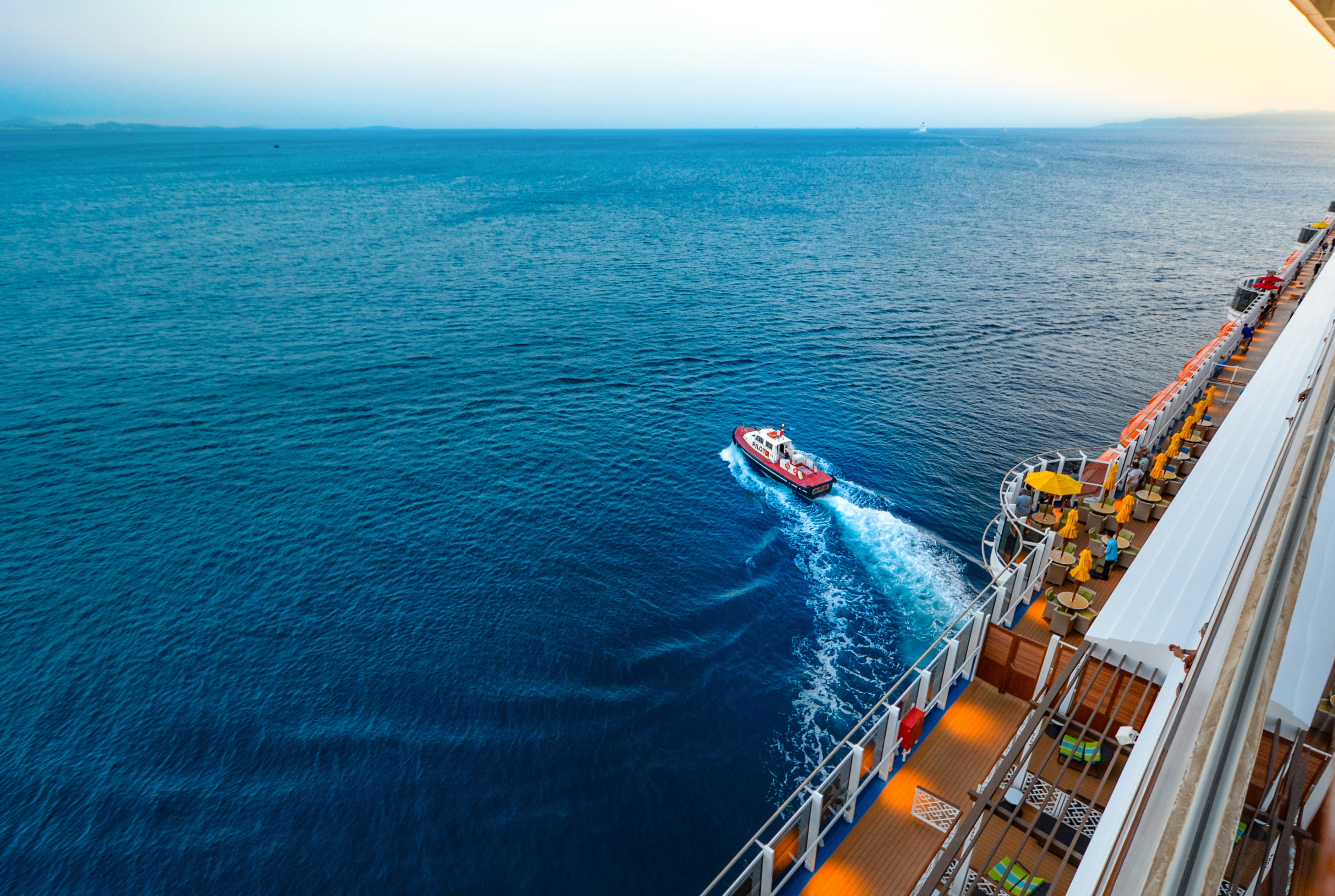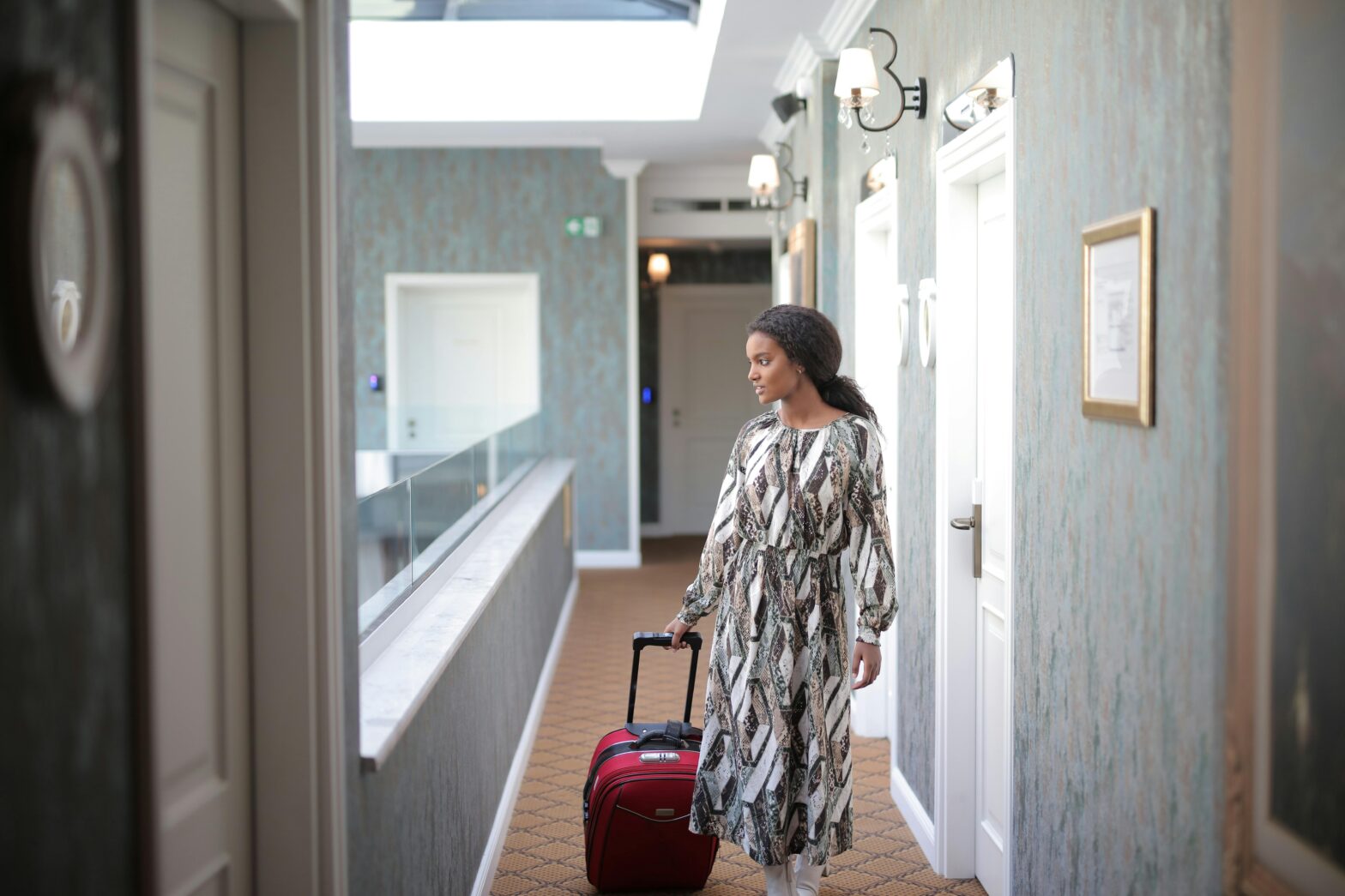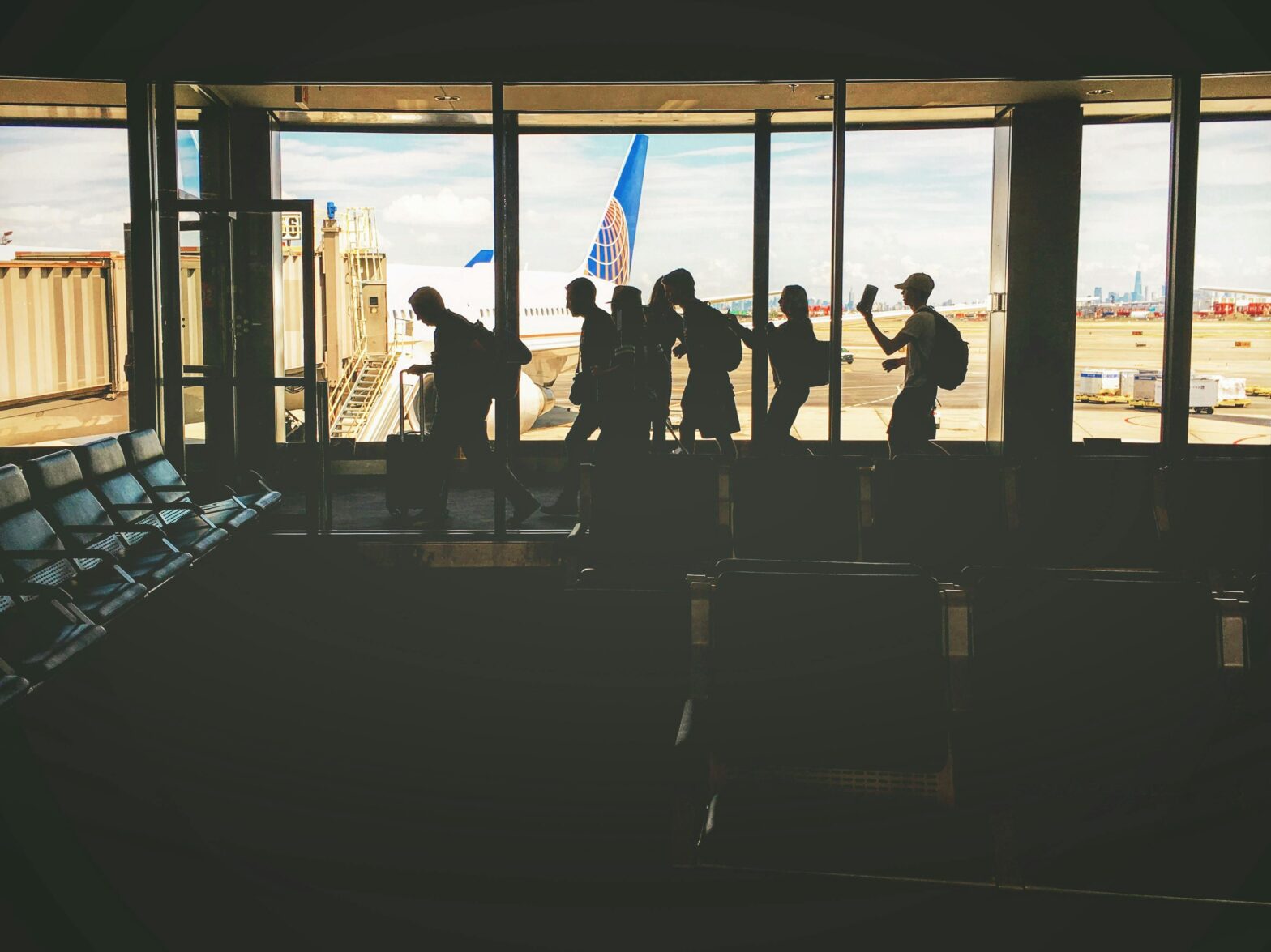A cruise is supposed to all fun in the sun while exploring new horizons. The only thing you should be worried about is what you’re going to do when you get to your destination. Instead, sailors are concerned with the rising number of people falling off of cruise ships.
It may raise eyebrows, but since 2000, nearly 300 people have fallen off cruise ships and about 50 people have fallen off large ferries. Passengers receive safety tips once they’re on board, but they are primarily on their own when it comes to safety after check-in. The cruise ship industry is highly globalized and legally complex, making it difficult to fight a case if necessary. When headlines read that someone else has fallen into the ocean from a cruise, most automatically blame it on the alcohol, word to Jamie Foxx, but that’s not always the case.
RELATED: Would You Be A Passenger On Titanic II?
Most times, accidents have nothing to do with being tipsy. The industry doesn’t really hold themselves accountable for their passengers or crew members. With poor labor practices, some crew members have been even committed suicide. When cruise ships say man-overboard incidents are “intentional or reckless,” the suggestion is that nothing can be done to ensure incidents like what happened to Samantha Broberg never happen again.
Broberg went on the Liberty Carnival cruise ship two years ago with her friends. After having a few beverages, the mother of four sat on a deck chair that pushed back against a railing on the pool deck. Alone and with her back turned to the water, she fell backward into the Gulf of Mexico. The tragic accident was caught by the vessel’s thermal camera system, but the ship’s crew was never alerted nor did the ship stop in an attempt to rescue her.
Yet, industry leaders claim that cruising the sea is safer than vacationing on land. “Last year, almost 27 million people took a cruise holiday, and there were nine overboard incidents involving passengers,” the Cruise Lines International Association said. “This equates to about one incident per seven million passengers.”
RELATED: Virgin Voyages To Set Sail With Adults-Only Cruise Experience
So what can be done to put an end to the ‘man-overboard’ headlines? Some measures, like a bill called the Cruise Passenger Protection Act, have already been set. Spearheaded by US congresswoman Doris Matsui from California in 2017, the bill changes the clause regarding man-overboard technology saying that cruise lines must implement complete MOB-detection technology and not just image-capture. It also helps the family of the deceased, giving them claim for full compensation.
Ross Klein, an academic from Memorial University of Newfoundland who has done extensive research on the cruise industry, thinks that using plexiglass railings would be more effective in saving passengers. Signage would alert passengers of high-risk areas where people have fallen overboard before. He also suggests that passengers light a fire under crew members, asking that if the technology is available, have them installed, especially on newer ships.
“Cruise lines argue these events are not foreseeable,” Klein says. “Logically, if they take steps to ameliorate the risk of going overboard, they admit foreseeability, which may introduce greater liability for their failure in reasonable duty of care.”





